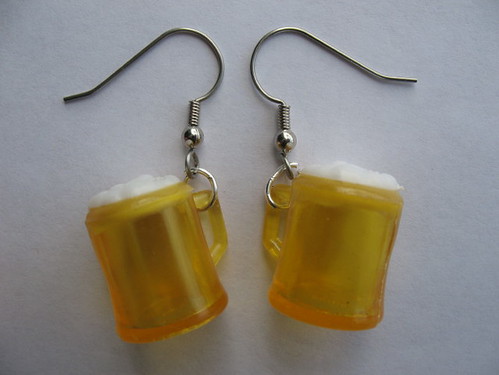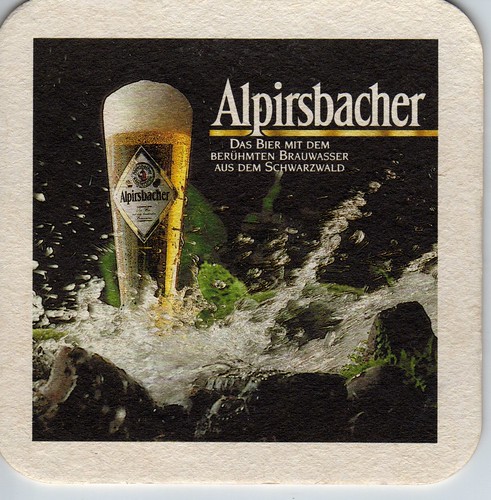The rethinking time is over. I am back with video reviews. New and improved. Or at least I think so. The first 2009 video review brings us closer to the Belgium as I try to see if the Belgium ales are fruity or not. The beer in question is called Palm. I wanted to tell its story in the video but I was so nervous - hope you won't notice that;) - that I forgot. So here it is. I found it on the Palm breweries site.

Palm review from Girl Likes Beer on Vimeo.
1. [PRE-REVIEW]
2. [REVIEW]
3. [RECOMMENDATION]
I'll have another one but maybe not right away.
1364 Charles IV, Emperor of Germany, obliged brewers to use hops when brewing beer according to the "Novus Modus Fermentandi Cervisiam".
With this decree Brabant, as opposed to the county of Flanders, which was governed by the French king, was made to use hops. The French king proclaimed the "gruit" duty which prescribed spices but no hops. Hops keep beer from turning sour. That is why the beer quality improved significantly in Brabant. The bacteriostatic effect of hops makes the yeast flora take the upper hand: this is how "top-fermented beers" come about. Top yeasts, called Saccharomyces Cerevisiae, are active at ambient temperature and rise to the top by the end of the fermentation, they give the beer more taste and aroma.

In 1904 the Belgian brewery schools organised a competition to improve Belgian beer. The task was to brew a heavier beer with 5 percent alcohol. The brewers of Brabant named this beer Speciale Belge and gave their brands the prefix ‘Special(e)’ or the suffix ‘Ale’. Many brands fell by the wayside, but Palm became the market leader. The Special Belge is amber coloured and has a common alcohol volume of 5,2 %. They are brewed according to the infusion method. The main ingredients are the brewing water rich in minerals and the light coloured malts of maritime barley. The beer is slightly hopped with soft aroma hops. Adding "top yeasts" results in a fruity, full beer with a fine bitter sweet balance. After the first fermentation the "young" tastes will refine and the typical tenderness will develop during the maturation process. Cooling the beer off to 0°C after maturation causes the turbidity that is later filtered out of the beer.So let's look at Palm more closely.
Palm review from Girl Likes Beer on Vimeo.
1. [PRE-REVIEW]
- brewery: Palm breweries, since 1747
- type of beer: ale
- bought in: @ supermarket in Warsaw
- container grade (bottle): a nice small dark bottle
2. [REVIEW]
- the looks: head (dark and quite thick), body (light amber)
- the taste: hoppy
- the smell: malty
3. [RECOMMENDATION]
I'll have another one but maybe not right away.















